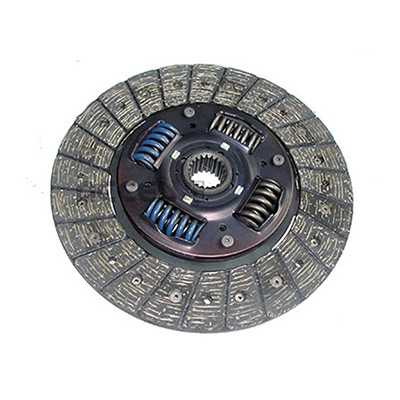Mobile:+86-311-808-126-83
Email:info@ydcastings.com
English
exhaust manifold engine
The Importance of Exhaust Manifolds in Engine Performance
The exhaust manifold is a critical component of an internal combustion engine, designed to collect exhaust gases from multiple cylinders and direct them to the exhaust system. Its efficient functioning plays a significant role in the overall performance, fuel efficiency, and emissions of the engine. Understanding the intricacies of exhaust manifolds can provide insights into their influence on engine dynamics.
Design and Functionality
Typically made from cast iron or stainless steel, the exhaust manifold is engineered to withstand extreme temperatures and pressures generated during combustion. It is connected to the engine’s cylinders, where it collects exhaust gases as they exit the combustion chamber. The shape and design of the manifold can greatly affect how exhaust gases flow, which, in turn, impacts engine performance. A well-designed manifold promotes smooth gas flow, reducing back pressure and enhancing engine efficiency.
Impact on Engine Performance
The performance of an engine is largely dependent on how effectively it expels exhaust gases. If the manifold design results in excessive back pressure, it can hinder the engine's ability to intake fresh air, thereby limiting power output. Conversely, a performance-oriented exhaust manifold can enhance scavenging, allowing for quicker expulsion of exhaust gases and smoother intake of air-fuel mixtures. This results in improved horsepower and torque, contributing to overall vehicle performance and responsiveness.
Material Choices and Durability
exhaust manifold engine

The material used in the manufacture of exhaust manifolds significantly influences their durability and heat resistance. Cast iron is commonly used due to its excellent heat retention and ability to withstand high temperatures. However, it is heavier than alternatives like stainless steel, which offers a good balance between weight and performance. Stainless steel manifolds are often found in high-performance applications, where weight reduction and increased thermal efficiency are crucial.
Aftermarket Modifications
Car enthusiasts and high-performance vehicle manufacturers often opt for aftermarket exhaust manifolds to optimize engine output. These aftermarket options are typically designed to provide better flow characteristics while minimizing back pressure. Upgrading to a high-performance manifold can lead to noticeable improvements in acceleration and throttle response, making it a popular modification amongst tuners.
Challenges and Considerations
While enhancing performance, it is essential to consider potential challenges associated with aftermarket exhaust manifolds. Changes in exhaust flow can sometimes lead to increased emissions, which may violate local regulations. Additionally, poorly designed manifolds can introduce issues such as leaks, which can adversely affect engine performance and lead to costly repairs.
Conclusion
The exhaust manifold might seem like a minor component in the grand scheme of an engine's operation, but its impact on performance, efficiency, and emissions is profound. As both engineers and vehicle owners seek to enhance engine performance, understanding the function and design of the exhaust manifold becomes increasingly important. Whether through OEM designs or aftermarket upgrades, optimal exhaust management remains a crucial factor in achieving peak engine efficiency and performance.
-
Materials Used in Manufacturing Cap End Pipe FittingsNewsNov.24,2025
-
Material Properties of CF8M CastingNewsNov.24,2025
-
How to Inspect Pump Cap Ends for DamageNewsNov.21,2025
-
Backward Curved Impeller – Efficient Airflow Solutions for Industry | YD CastingsNewsNov.21,2025
-
Automobile Water Pump - Efficient, Quiet, Durable & ElectricNewsNov.21,2025
-
Impeller for Pumps – High-Efficiency, Durable, OEM-ReadyNewsNov.21,2025











